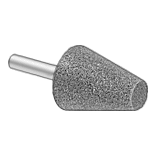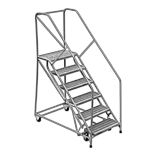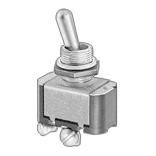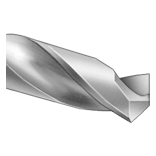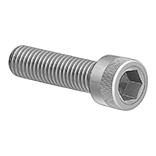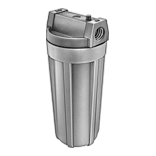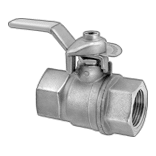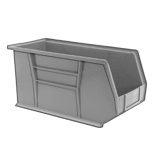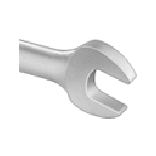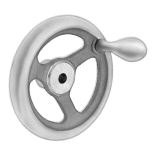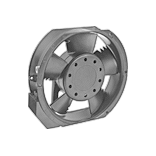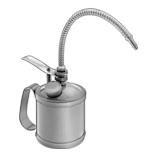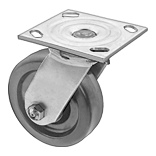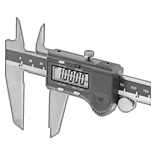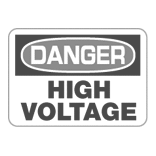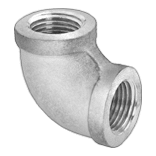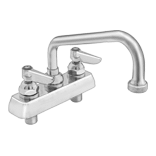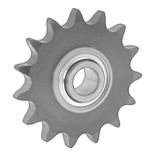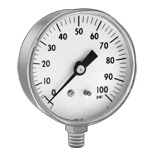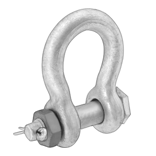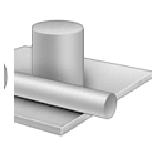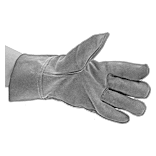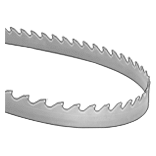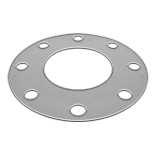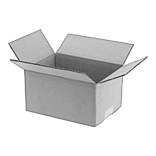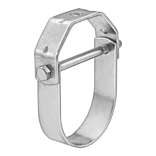Development Boards
Prototype electronics and build simple automation systems with the configurable inputs and outputs on these boards. Monitor both digital and analog devices, including proximity and temperature sensors, and control basic outputs, such as changing the speed of a servomotor or turning LEDs on and off. Their open-source software makes programming and troubleshooting convenient. Choose a board whose operating voltage can support the other devices you’re connecting to.
Dual-core development boards give you triple the processing speed of other development boards. Each core can be run individually, so these boards can be used for complex automation jobs.
Boards with headers are good for making quick connections. Plug them in directly to breadboards, or connect them using jumper wire.
Boards without headers require making your own soldered connections. Use them for permanent or long-term installations.
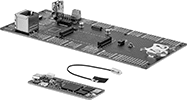
No. of Configurable Inputs/Outputs | |||||||||||||
|---|---|---|---|---|---|---|---|---|---|---|---|---|---|
| Manufacturer Model No. | Operating Voltage | Connection Type | Total | Digital (Input/Output) | PWM (Output) | Analog (Input) | Analog (Output) | PDM (Input) | Lg. | Wd. | Features | Each | |
With Headers | |||||||||||||
| Giga Wi-Fi Rev1 | 3.3V DC | USB A USB C Bluetooth Wi-Fi 3.5 mm Audio | 90 | 84 | 13 | 12 | 2 | __ | 4" | 2 1/8" | USB HID Emulation | 00000000 | 000000 |
Without Headers | |||||||||||||
| Portenta H7 Lite | 3.3V DC | USB A USB C Ethernet | 82 | 78 | 10 | 8 | 1 | 3 | 6 7/16" | 2 13/16" | 8-bit Camera Interface | 00000000 | 000000 |
| Portenta H7 | 3.3V DC | USB A USB C Bluetooth Wi-Fi Ethernet | 82 | 78 | 10 | 8 | 1 | 3 | 6 7/16" | 2 13/16" | Display Port via USB-C 8-bit Camera Interface Antenna (U.FL) Connector | 00000000 | 000000 |
Development Board Kits
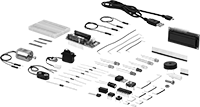
All the hardware and components needed to start building simple automation systems. With configurable inputs and outputs, the boards in these kits are often used to prototype electronics. Monitor both digital and analog devices, including proximity and temperature sensors, and control basic outputs, such as changing the speed of a servomotor or turning LEDs on and off. Their open-source software makes programming and troubleshooting convenient.
Choose Nano IoT bundles for Internet of Things projects, such as linking your system of sensors to the cloud and communicating across networks.
No. of Configurable Inputs/Outputs | ||||||||||
|---|---|---|---|---|---|---|---|---|---|---|
| Manufacturer Model No. | No. of Pieces | Includes | Operating Voltage | Connection Type | Total | Digital (Input/Output) | PWM (Output) | Analog (Input) | Each | |
| Arduino Nano IoT Bundle | 206 | One 4" Long USB-A to USB Micro B Cord One 40-Pin Male Header One Breadboard One DC Motor One Servomotor One Motor Driver One Temperature Sensor One Tilt Sensor One Optocoupler One Piezo Buzzer One LCD Two Transistors Three Potentiometers Five Capacitors Five Diodes Six Phototransistors 10 Push Buttons 35 LEDs 65 Resistors 28 LEDs 70 Jumper Wires One Arduino Nano RP2040 Connect | 3.3V DC | USB Micro B Wi-Fi | 20 | 20 | 20 | 8 | 0000000 | 0000000 |
